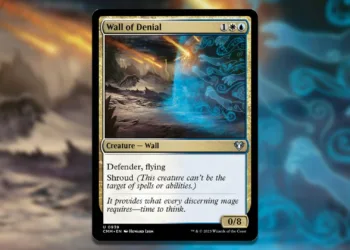The Starliner successfully landed at White Sands Space Harbor in New Mexico just after midnight ET on September 7, marking the conclusion of its inaugural crewed test flight. The spacecraft’s reentry into the atmosphere proceeded as planned, and it executed a parachute-assisted landing in the desert, aided by airbags for a gentle touchdown. However, during its return, several minor thruster-related issues arose, including two of the 27 reaction control thrusters operating at higher temperatures than anticipated and one thruster in the crew module failing—though this was mitigated by a backup thruster.
The Starliner, which was launched on June 5 with NASA astronauts Butch Wilmore and Suni Williams, encountered issues with its reaction control thrusters while approaching the ISS for docking. What was meant to be an eight-day mission extended over several weeks while NASA and Boeing scrutinized the thruster problem. Ultimately, NASA opted to leave the astronauts on the space station and return the Starliner uncrewed.
“I am extremely proud of the efforts our joint team invested throughout this flight test, and we’re thrilled to witness Starliner’s safe return,” said Ken Bowersox, associate administrator of NASA’s Space Operations Mission Directorate, in a statement. “Even though returning the spacecraft without a crew was necessary, NASA and Boeing gained immense insights from Starliner in one of the most challenging environments imaginable. We look forward to continuing our collaboration with Boeing as we work towards certifying Starliner for crewed missions to the space station.”
Despite this test flight, the spacecraft has yet to receive certification from NASA, meaning it hasn’t been approved for regular crew transport. NASA is currently reviewing the gathered flight data, but agency representatives noted in a press conference that a decision on whether an additional test flight is needed for certification has not yet been made.
Nasa has emphasized that despite the cautious decision to keep the astronauts on the ISS, the Starliner test flight should not be regarded as a failure. The astronauts will continue their roles as regular crew members aboard the ISS before participating in the Crew-9 mission and returning home on a SpaceX Dragon spacecraft in February 2025.
“We’re delighted to have Starliner safely back. This pivotal test flight for NASA lays the groundwork for future missions using the Starliner system,” stated Steve Stich, head of NASA’s Commercial Crew Program. “There was a wealth of valuable information gathered that will contribute to our long-term success. I applaud the dedication and hard work of the entire team over the last three months.”





